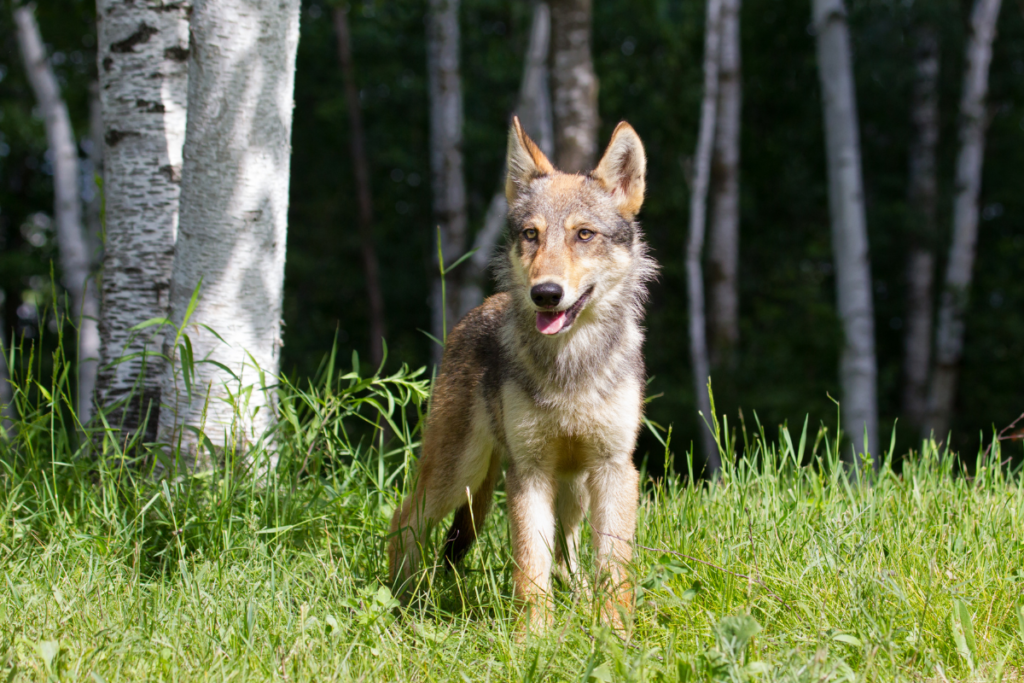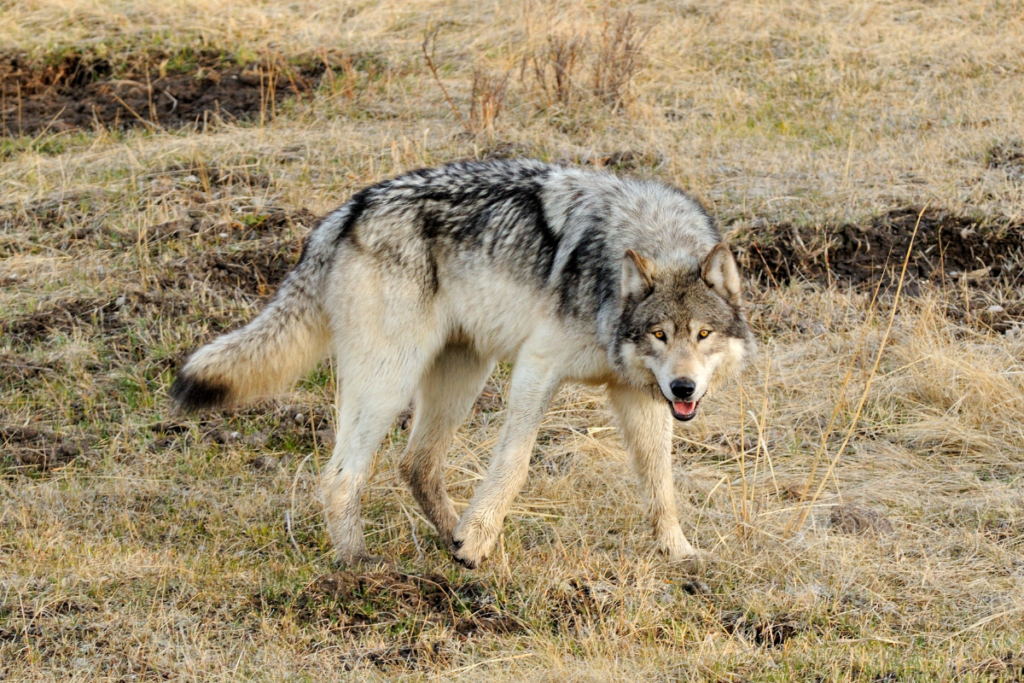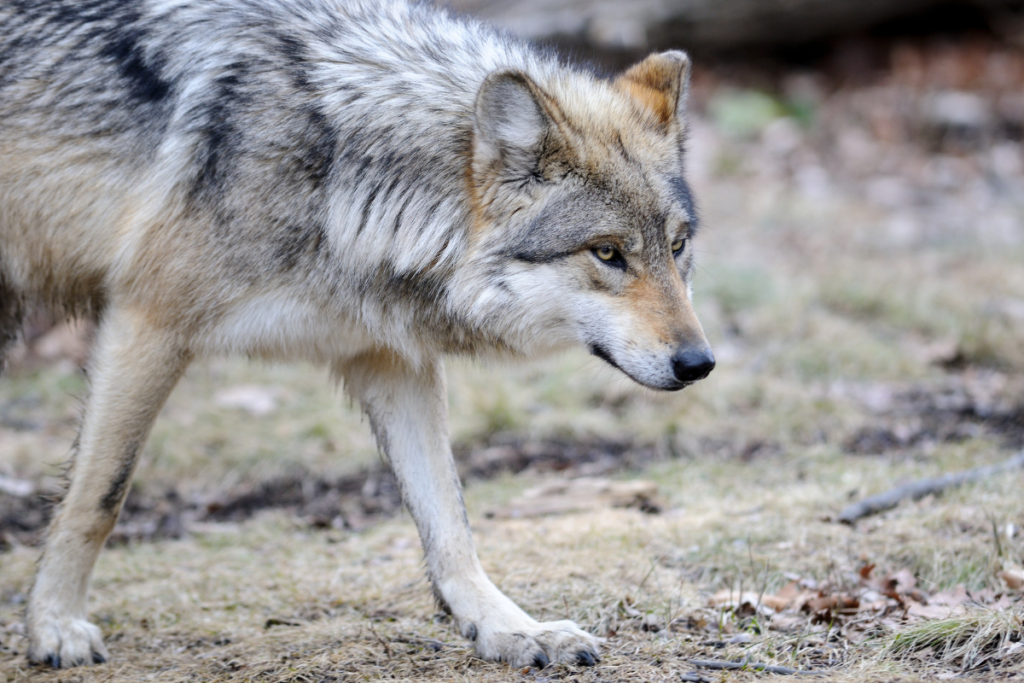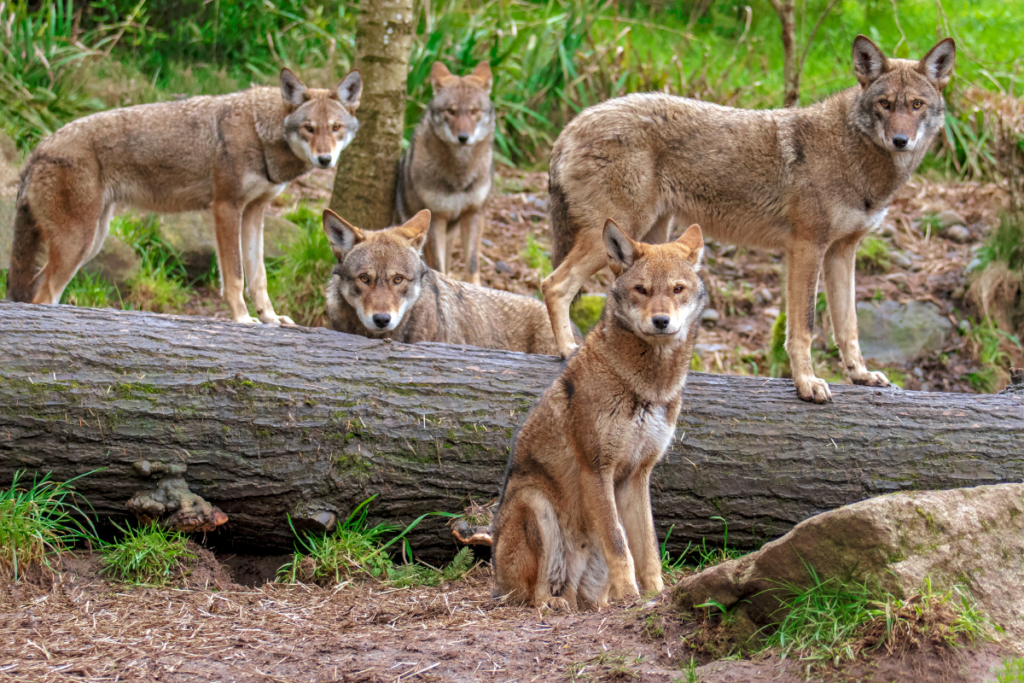
Despite centuries of habitat loss and human impact, wolves continue to thrive in some U.S. states. Through dedicated conservation, management programs, and protected lands, these states have become sanctuaries for wolves. Here are ten states where you might still catch a glimpse of these majestic animals today.
1. Alaska: The Ultimate Refuge

Home to an estimated 7,000-11,000 wolves, Alaska holds more than half of the U.S. wolf population. Its wilderness is vast, rugged, and perfect for these elusive animals to roam undisturbed. With minimal human interference and strong environmental protections, Alaska’s forests and tundras create an ideal habitat. Wolves here are an integral part of the ecosystem, maintaining balance with moose and caribou populations.
2. Minnesota: Stronghold of the Midwest

With over 2,600 wolves, Minnesota is a key wolf habitat in the contiguous U.S. Unlike many states where wolf populations have dwindled, Minnesota has maintained a stable population thanks to conservation laws and its abundant forests and waterways. The state’s pristine landscapes allow wolves to thrive alongside human communities. Wolves here play an essential role in controlling the deer population, helping to keep the state’s ecosystem balanced.
3. Washington: Rebounding Numbers

Washington’s wolf population, estimated at around 200, has been growing thanks to the active monitoring and management efforts by the Washington Department of Fish and Wildlife. Wolf packs have established territories in the eastern part of the state, giving conservationists hope that the population will continue to expand westward. The state prioritizes non-lethal control methods to minimize human-wolf conflicts, making it a model for coexistence.
4. Oregon: A Growing Population

Wolves are making a comeback in Oregon, with the population now estimated at 175. The Cascade and Blue Mountains serve as primary habitats, with packs such as the Rogue Pack gaining attention for their resilience. Oregon’s laws restrict lethal control of wolves, which has encouraged more natural growth. Conservationists and local officials work together to monitor packs, aiming to reduce conflicts with ranchers and protect these apex predators.
5. Montana: The Balanced Approach

Montana supports around 1,000 wolves, a number maintained through careful management. The state has allowed regulated hunting to manage population size and ease tensions with livestock owners. While controversial, these policies balance population control with conservation, ensuring that wolves remain a part of Montana’s landscape. The diverse terrain, from plains to mountain regions, provides wolves with ample space and prey.
6. Michigan: Roaming in the Great Lakes

With approximately 630 wolves, primarily located in the Upper Peninsula, Michigan is another pack stronghold. Federal protections, along with Michigan’s own conservation programs, have bolstered the population. Recent legal decisions have reinforced the endangered status of wolves in the area, allowing them to thrive in dense forests that offer shelter and ample food sources. Michigan’s wolves are part of the larger Great Lakes population and are essential for biodiversity.
7. Idaho: Managed with Care

Idaho is home to about 1,300 wolves, with regulated hunting as part of its management strategy. Hunting policies are carefully enforced to avoid overpopulation, but the state has also taken significant measures to ensure wolf welfare and prevent human-wolf conflicts. Through extensive monitoring and non-lethal measures, Idaho has managed to create a balanced environment where wolves can thrive.
8. Wyoming: Stability in the Rockies

Around 300 wolves inhabit Wyoming, primarily within the Rockies and Yellowstone National Park. Although they were removed from Wyoming’s endangered species list in 2017, strict control measures are in place to maintain balance with local livestock. Wyoming’s landscapes are ideal for wolves, with plentiful prey and vast wilderness. Their presence in Yellowstone has also helped restore ecological balance, benefiting various animal and plant species in the park.
9. New Mexico: Home to the Mexican Gray Wolf

New Mexico is key to the survival of the Mexican gray wolf, an endangered subspecies that numbers just over 100. Federal protections have enabled careful reintroduction efforts, and the state’s varied habitats provide the ideal refuge. Conservation programs are closely monitored, with collars and tracking devices helping scientists study and protect these rare wolves.
10. North Carolina: Red Wolf Haven

North Carolina is home to the endangered red wolf, with around 18 individuals currently living in the wild. The Alligator River National Wildlife Refuge offers these wolves a unique sanctuary as the only remaining wild population. Conservationists are dedicated to preventing extinction, managing breeding programs, and mitigating human threats. Despite its challenges, North Carolina’s red wolf recovery efforts are among the most important in North America.







